During normal climatic conditions with regular rainfall, the average beak depth for a population of finches was 6.8mm. Researchers found that after a drought, average beak depth increased to 8.8mm. Birds with deep beaks (>9mm) were better able to eat large, hard seeds. Small hard seeds were also available after the drought, but could only be eaten by birds with shallow beaks (<7mm). Choose the graphical representation and term that best represents what would happen in the post-drought finch population if both types of seeds continue to be available.
A. 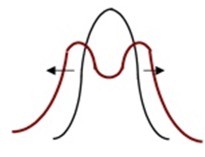 balancing selection.
balancing selection.
©2020 McGraw-Hill Education.
B. 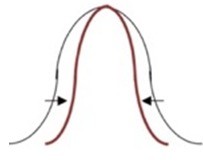 stabilizing selection.
stabilizing selection.
©2020 McGraw-Hill Education.
C. 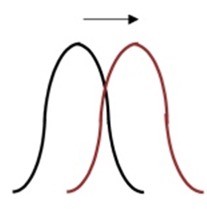 negative frequency-dependent selection.
negative frequency-dependent selection.
©2020 McGraw-Hill Education.
D. 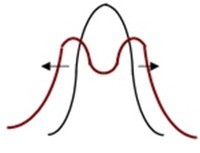 disruptive (diversifying) selection.
disruptive (diversifying) selection.
©2020 McGraw-Hill Education.
E. 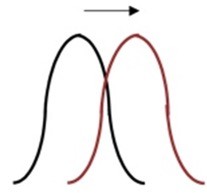 directional selection.
directional selection.
©2020 McGraw-Hill Education.
Answer: D
You might also like to view...
If a fungal colony is described as rugose, then it means that the colony:
a. is furrowed or convoluted. b. is slightly raised in the center. c. furrows radiate out from the center. d. has a smooth surface with no aerial myce-lium.
Fermentation ________.
A. only occurs in aerobic organisms B. is equivalent to aerobic respiration in ATP production C. requires an organic electron acceptor D. requires oxygen E. is the same as anaerobic respiration
Sponges from which class have been used as bath sponges?
a. Calcarea b. Hexactinellida c. Demospongia d. Sclerospongiae
The correlation coefficient is a measure of the strength of association between two traits. Correlation, however, does not indicate causation
Think of one or two variables (not necessarily phenotypes) that are correlated and are causally linked, and one or two variables that may be correlated but are not likely to be causally linked.